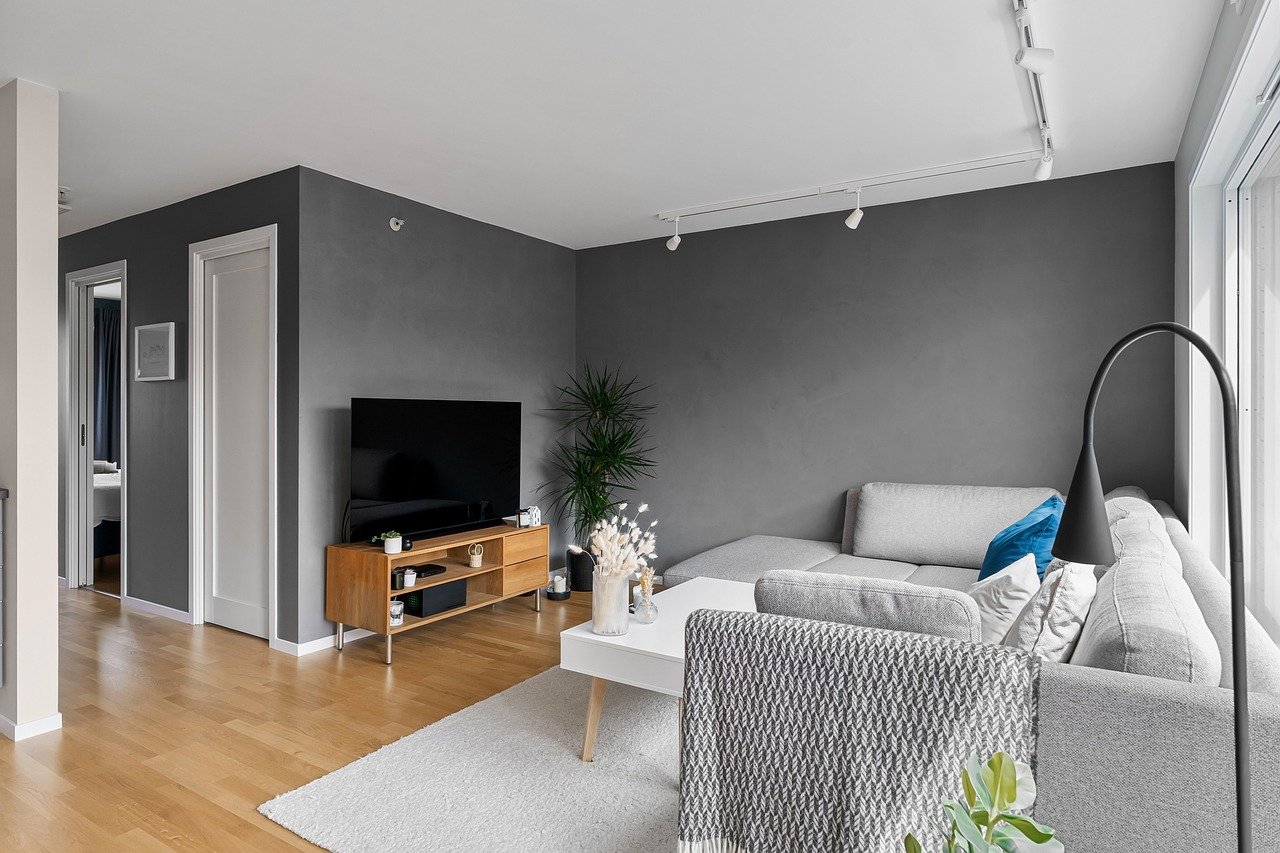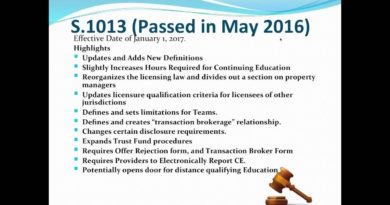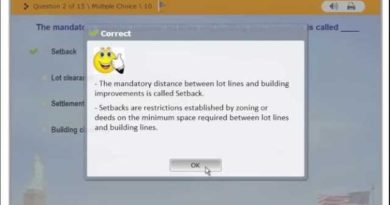Is your landlord responsible for dampness in your flat?
If you are a leaseholder whose property is suffering from damp you may find that your freeholder says it is not their responsibility to undertake maintenance or make repairs to your flat.
You should look to the lease for repairing and maintenance covenants and the definitions used to describe these obligations.
Freeholders are only responsible for repairs if there are express obligations in the lease or a limited exception applies. Briefly, the exceptions include:
- An obligation to ensure the condition of retained premises do not cause damage to the tenant as long as it is not inconsistent with the lease
- An obligation to ensure demised premises being constructed are completed in a good and workmanlike manner using proper materials so as to be reasonably fit for human habitation
- A duty, if the landlord designed or built the premises, to take reasonable care to ensure the building is free from any defect likely to cause injury
- Where a term can be implied
- Covenants implied by statute.
Freeholders are responsible for damp if it falls within their responsibility under the covenants in the lease. The lease should specify who is responsible for repairs and maintenance. The lease may also stipulate that the leaseholder must pay a service fee. Expert evidence will determine whether there has been a breach in a repairing agreement. Common causes of damp are structural issues such as a leaking roofing, gutters and rising damp from the foundations. Poor ventilation, condensation and leaks in the internal plumbing are common causes of damp. The builder may be held liable under the Building Safety Act or the Defective Premises Act. Disrepair is the deterioration or falling away from the original state of the item. The freeholder does not have to make any improvements. The freeholder was only liable for damage to the plasterwork within the flat, as this was considered part of its structure and therefore fell under his repairing clause. The freeholder was only liable for damage to the plasterwork within the flat, as this was considered part of the structure of the flat and therefore fell within his repairing covenant.
Similarly, the freeholder’s liability does not extend to remedying the design defect itself unless it is necessary to repair the damage caused by the defect.
Consequences of breaching a covenant
If Landlords do not comply with the express covenants, the most common remedies for tenants include
i. an order for specific performance
ii. An injunction is issued to repair the damage
iii. A claim for damages
iv. self-help
v. declaration
Vi. costs






